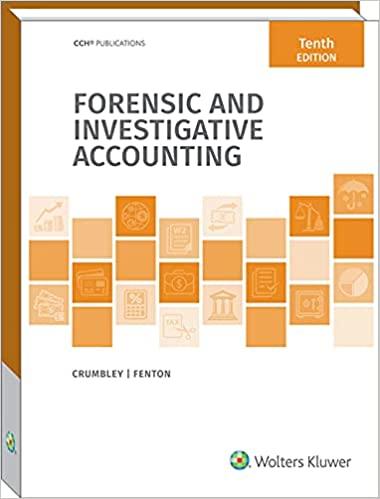Question
1. A vector is a quantity that has both magnitude and direction, 2. Parallel vectors have the same magnitude but not necessarily the same direction.
1. A vector is a quantity that has both magnitude and direction,
2. Parallel vectors have the same magnitude but not necessarily the same direction.
3. Equivalent vectors have the same magnitude and direction.
4. Opposite vectors have a negative magnitude.
5. A true bearing is a directed compass measurement, beginning at north and rotating clockwise.
6. The resultant vector is the vector formed by adding two vectors.
7. To subtract a vector from a given vector, add the opposite vector to the given vector.
8. To multiply two vectors, multiply their magnitudes and add their direction angles.
9. The scalar multiplication of a vector results in another vector having the same direction.
10. A child pulling a wagon with a force of 100N at 300 to the horizontal is an example of a vector.
Part B (Putting the Concepts to Work): Completion (24 marks): Using your reading, answer the following questions:
For each question you are asked to:
a) identify the information given in the question.
b) determine the appropriate formula.
c) substitute the values given into the formula and find the solution.
d) give the final answer.
11.Draw the following vectors using the scale 1 cm = 50 km/h. Then draw the opposite vector of each vector from question #2 (with tail starting from the origin) and state the direction as a true bearing and quadrant bearing. Resolve each vector from question #2 into its horizontal and vertical components.(nine marks)
- 20 km/h on a bearing of 020
- 75 km/h S 10 W
c. 350 km/h NE
12. (ten marks) Determine the magnitude and direction of the resultant of each pair of vectors (include a drawing)
a) 12.3 m east and then 15.2 north
b) 300 N north and then 250 N east (N refers to newtons)
c) 42 km south and then 50 km west
d) 30 k/h west and then 12 km/h north
13. (five marks)A powerboat is 5 km east and 7 km south of lifeboat:
a) Determine the magnitude of the resultant displacement to the nearest tenth.
b) Determine the direction of the resultant displacement.
Step by Step Solution
There are 3 Steps involved in it
Step: 1

Get Instant Access with AI-Powered Solutions
See step-by-step solutions with expert insights and AI powered tools for academic success
Step: 2

Step: 3

Ace Your Homework with AI
Get the answers you need in no time with our AI-driven, step-by-step assistance
Get Started



